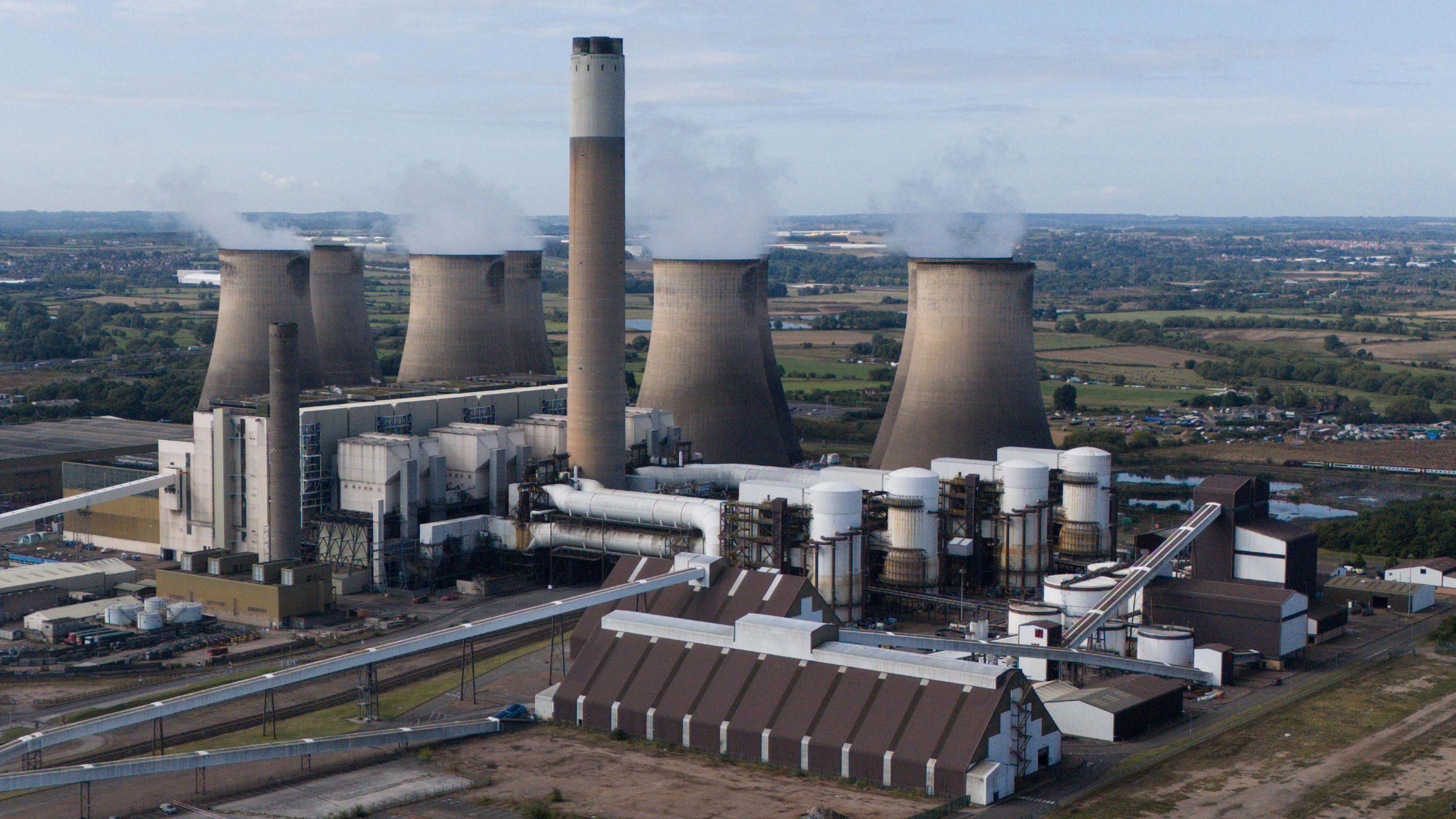'I painted the end of UK coal for more than a year'
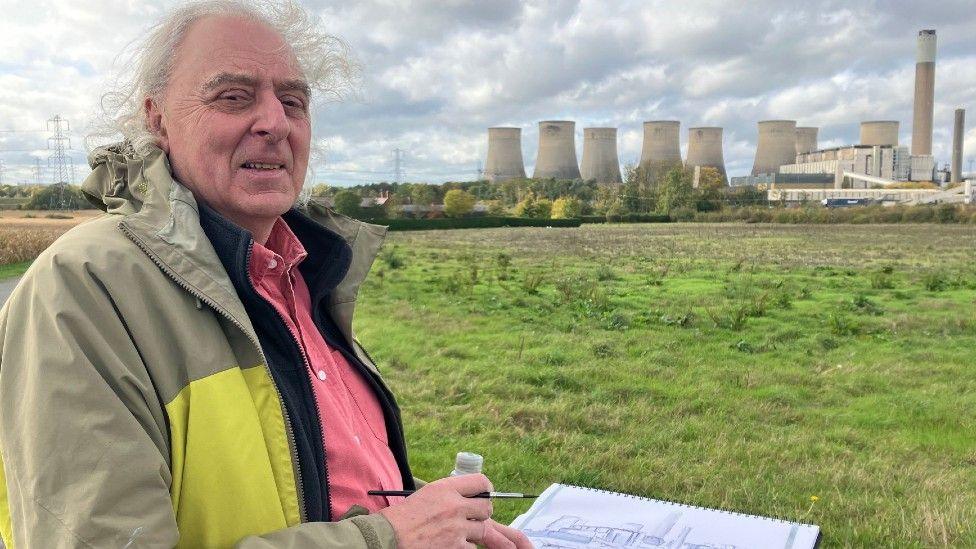
Roy Young was "artist in residence" at Ratcliffe-on-Soar power station, which closed at the end of September
- Published
When artist Roy Young heard about the closure of the UK's last coal-fired power station, he was determined to put brush to canvas to document the site's final days.
Roy, who lives near Ratcliffe-on-Soar power station in Nottinghamshire, contacted owners Uniper in spring last year.
"I thought that I really need to get closer to the thing that I've always seen, and try to represent in an artistic way the last year or so of its working life," he said.
Armed with safety training and protective equipment, Roy spent more than a year as "artist in residence" before the power station closed at the end of September, ending the UK's 142-year reliance on coal.
'Cloud factory'
The power station is expected to be demolished after decommissioning, which is set to take two years.
The site - a landmark in the East Midlands - has been producing energy since 1967, enough to make more than one billion cups of tea per day.
Earlier this month, it was revealed that a "scheduled closure" of nearby East Midlands Airport would be needed to facilitate the demolition.
Roy lives near the power station, in the village of Barton in Fabis.
"My children, when they were younger, called it the cloud factory," Roy said.
"No matter where you travel around here, you can see it. Many people see it on the horizon when they're coming back and think 'gosh, we're nearly home'."
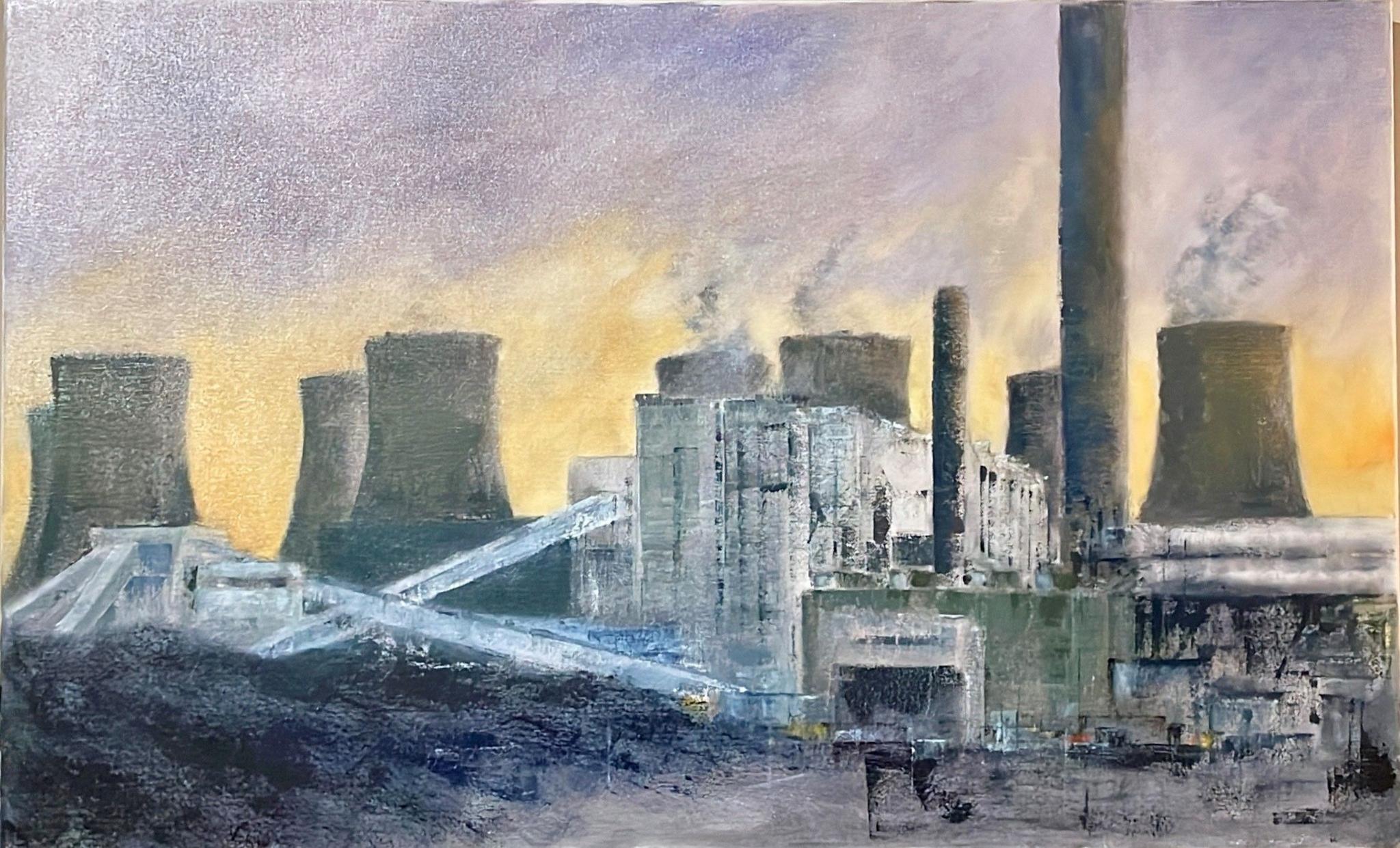
Roy began regularly visiting the site to paint in spring 2023
Roy has always painted, even while he was working as a professor in the school of geography at the University of Nottingham.
Now retired, he spent time exploring the power station, where he painted the buildings and the staff.
"The thing I least expected when I went in was the sense of community and how proud people were of keeping this big beast going," Roy said.
"People were very proud of the contribution it made. You did feel that cohesion and spirit in the place."
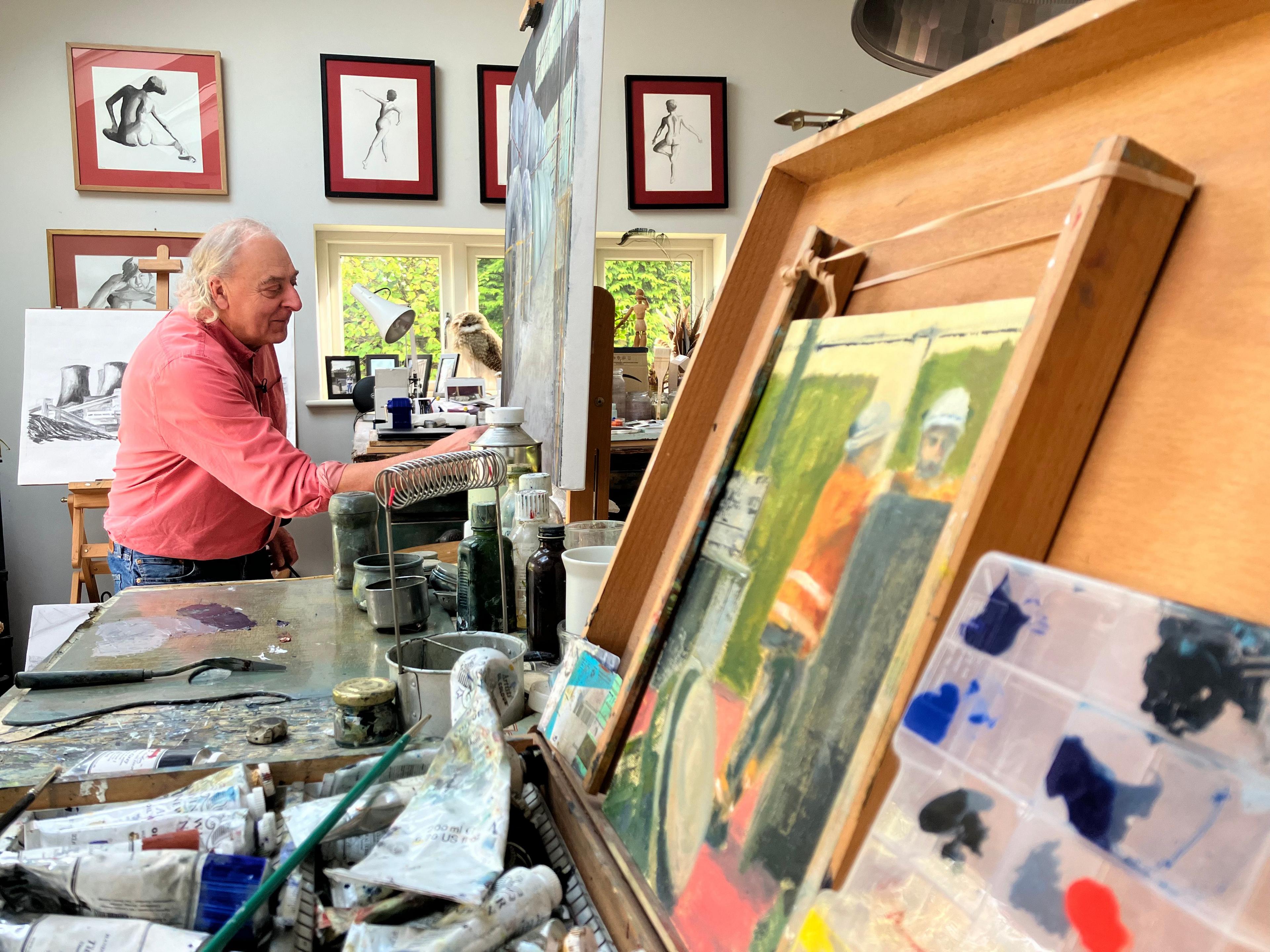
Roy sketched his drafts at the power station before painting at home in his studio
There were mixed emotions when the site closed, with Uniper CEO Mike Lewis describing it as a key step in the "global route to decarbonisation".
But there have been calls to save the famous cooling towers, including a petition, with Nottinghamshire-born TV writer James Graham dubbing the structures as "concrete cathedrals".
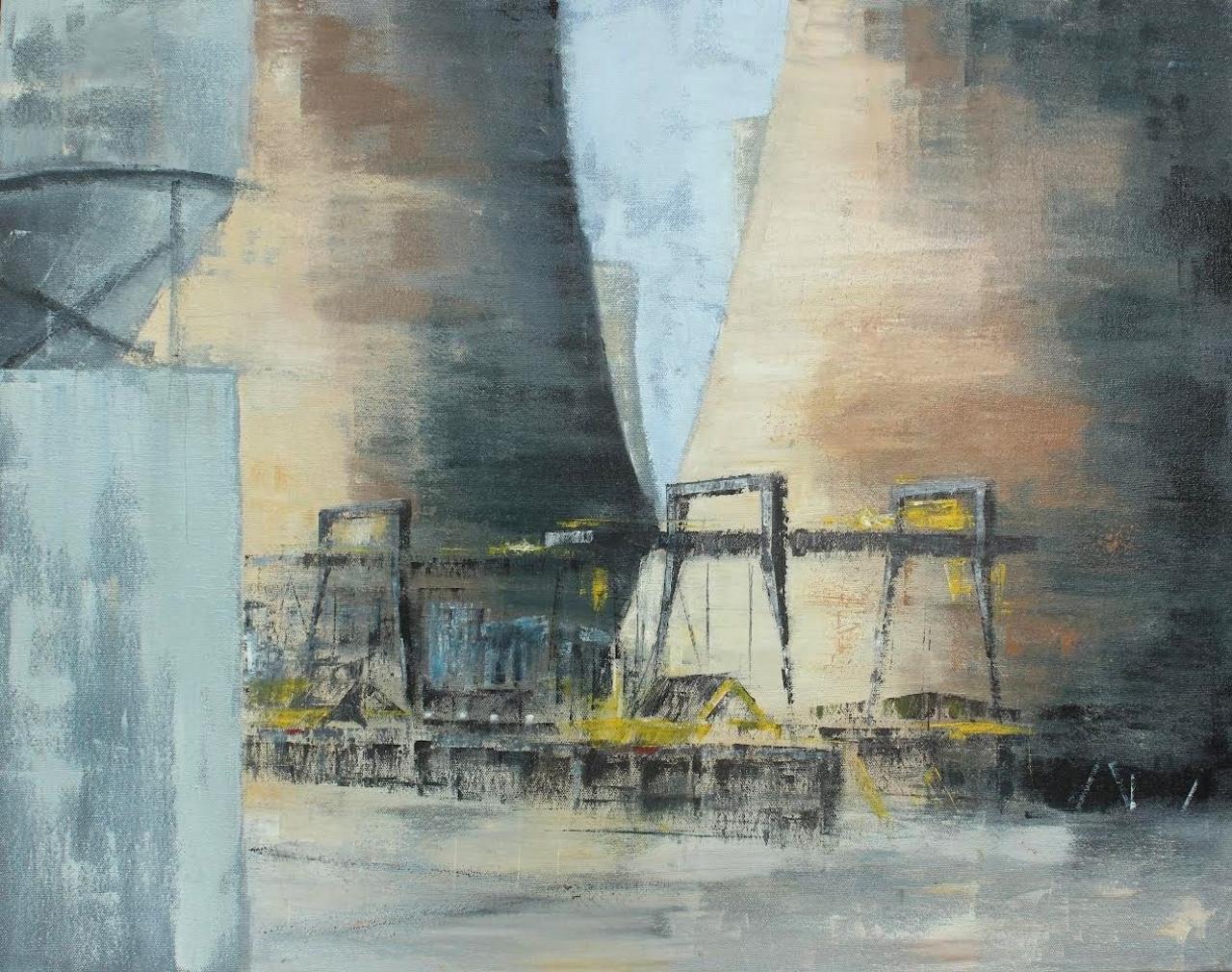
One of his paintings has been sold to a buyer in Austria
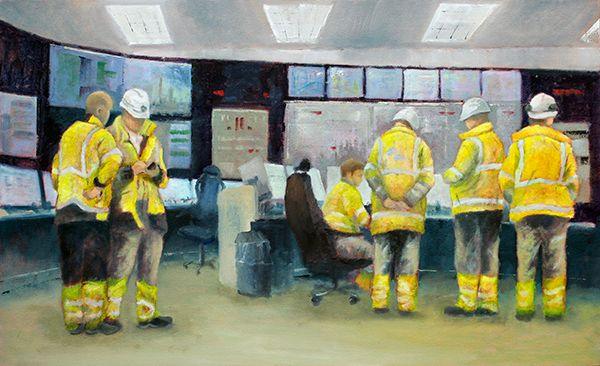
Roy painted both outside and inside the station
Roy will continue to paint Ratcliffe-on-Soar, using the sketches and notes that he made as drafts.
And his neighbours will be able to see some of his work in a free, pop-up exhibition at his home on Saturday and Sunday. Other creations have already sold, including to a buyer in Austria.
"I think people in the East Midlands want to preserve and emphasise what's characteristic and special about the place," Roy said.
"I think the power stations along the [River] Trent are part of that."
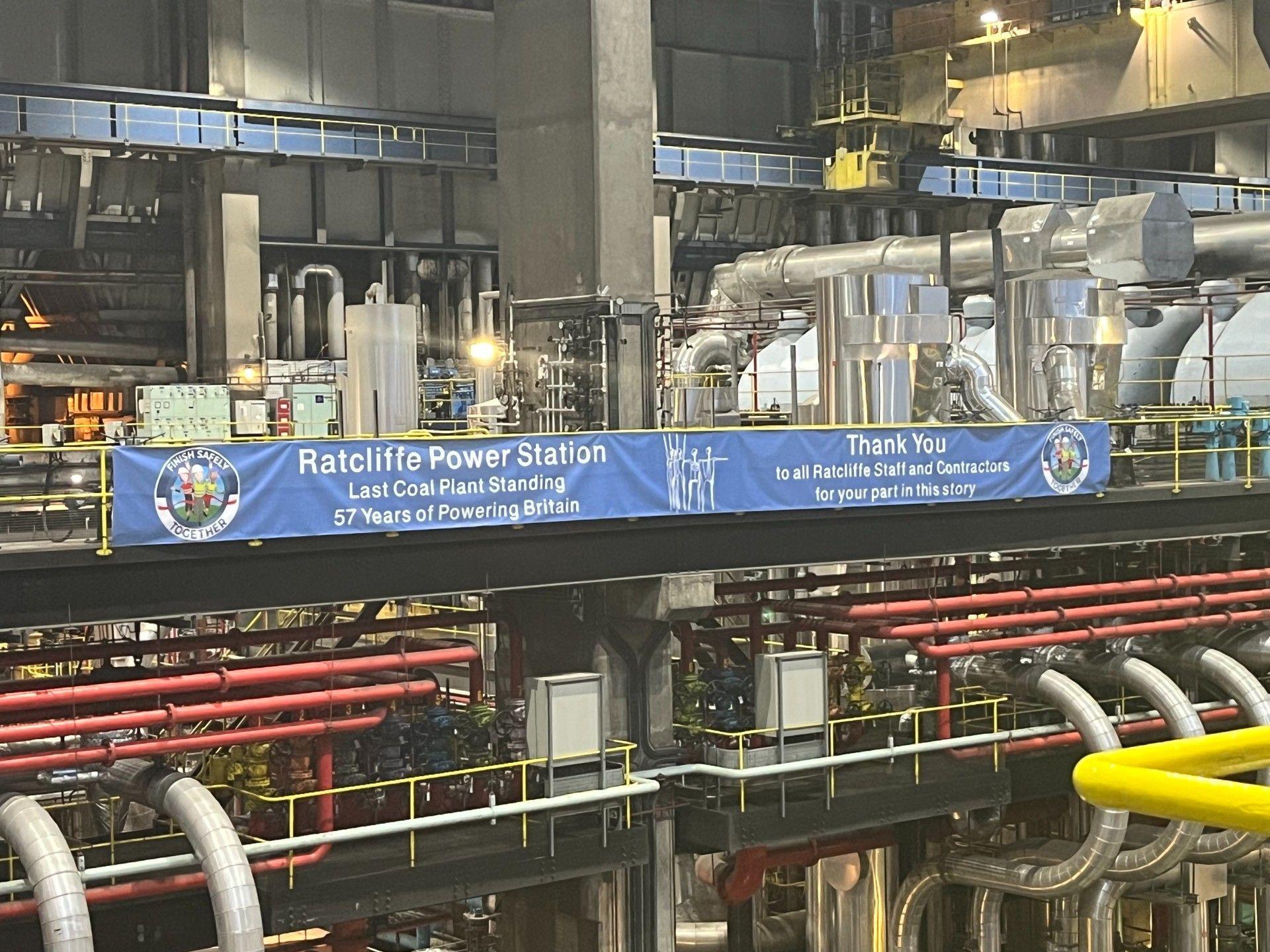
Roy said he was struck by the pride and spirit among the hundreds of staff that worked at the power station
Commenting on Roy's work, power station plant manager Peter O'Grady said staff would chat to him, and "see the art he was creating, often wondering why he selected certain views which we would walk past every day".
"Although no longer running, we can still look at the fantastic engineering, buildings and structures, but a day will come when this will all be demolished," he said.
"Roy's artwork will give us a lasting memory captured in a very unique way."
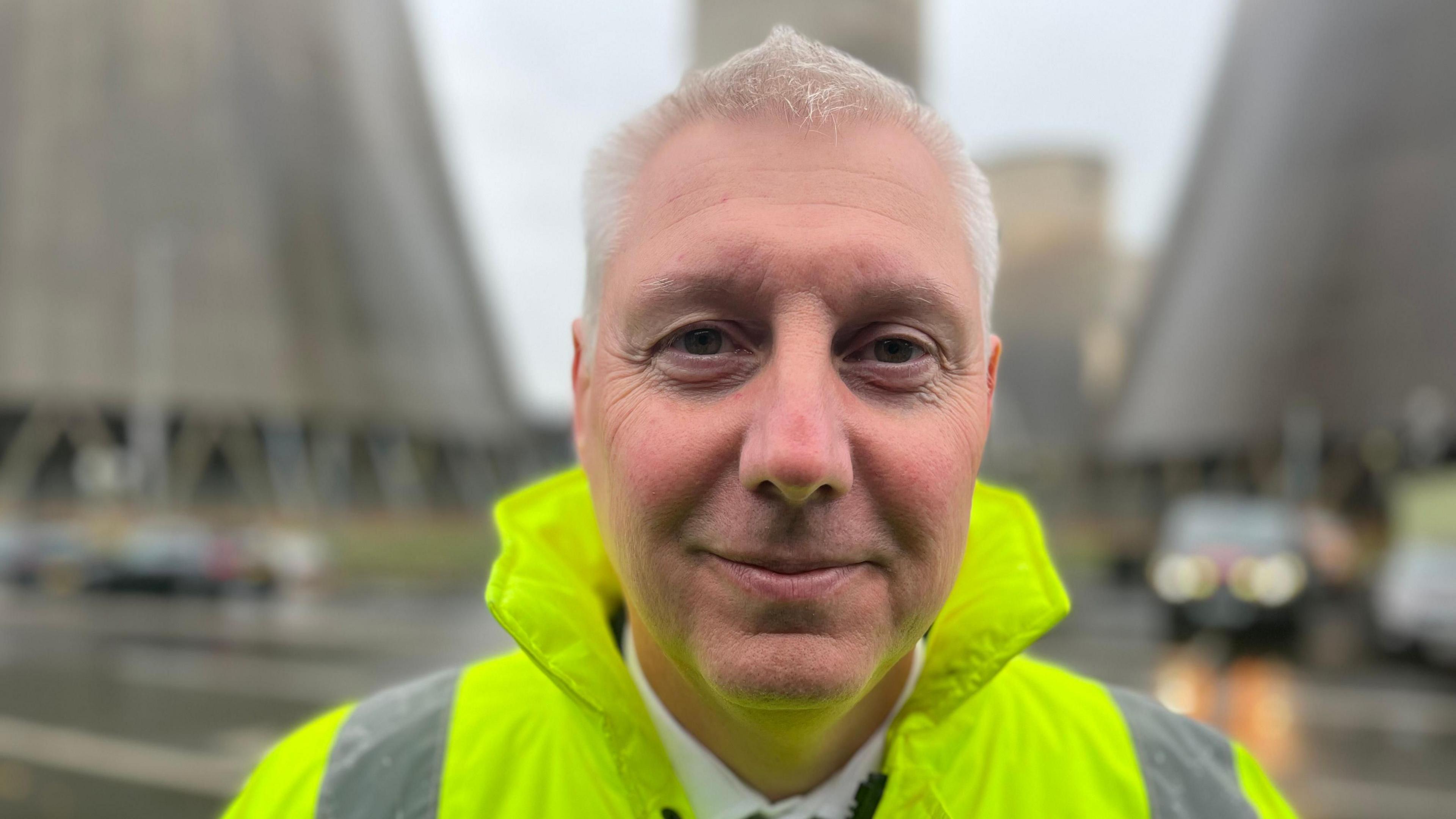
Peter O'Grady said Roy's artwork would make "lasting" memories
Get in touch
Tell us which stories we should cover in Nottingham
Follow BBC Nottingham on Facebook, external, on X, external, or on Instagram, external. Send your story ideas to eastmidsnews@bbc.co.uk, external or via WhatsApp, external on 0808 100 2210.
Related topics
- Published16 September 2024
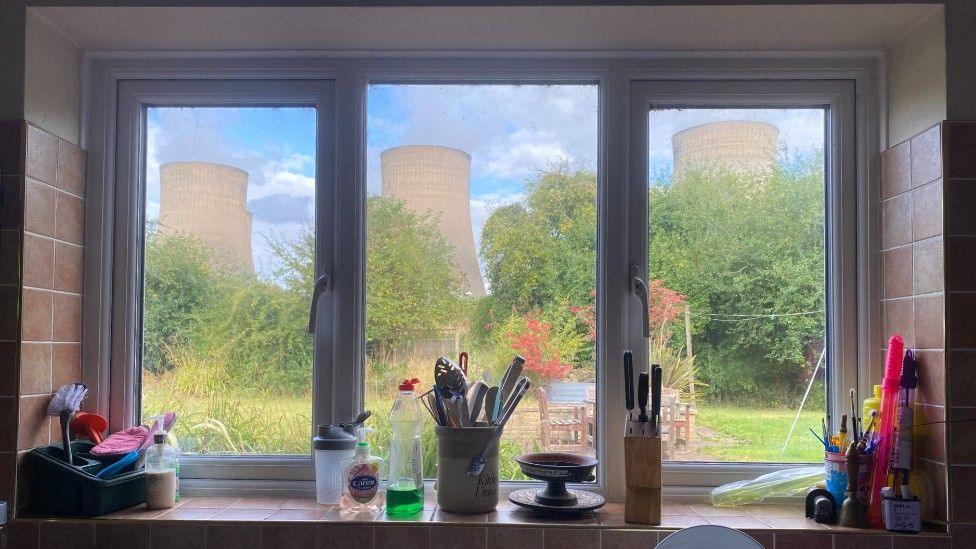
- Published1 October 2024
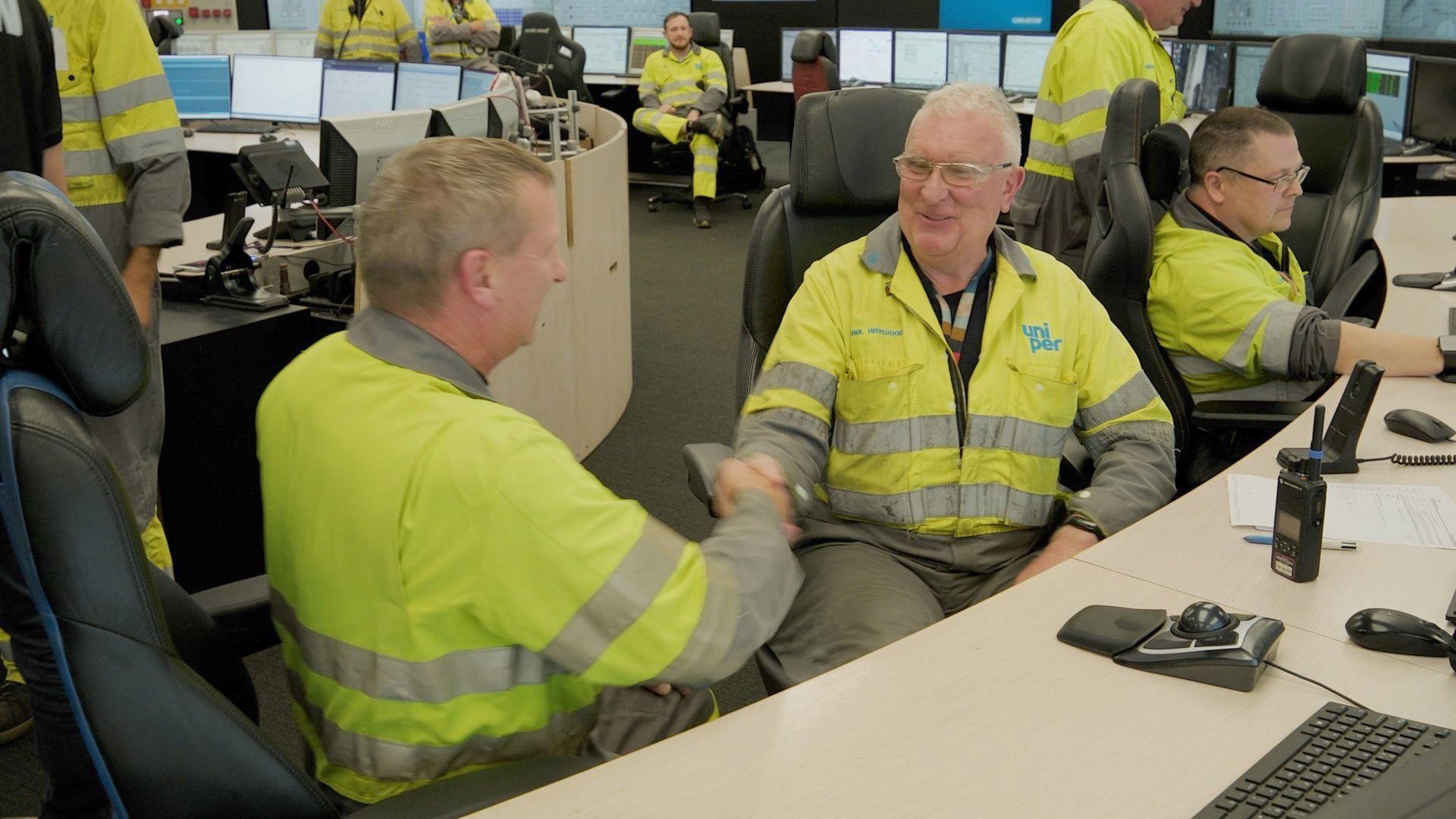
- Published17 October 2024
